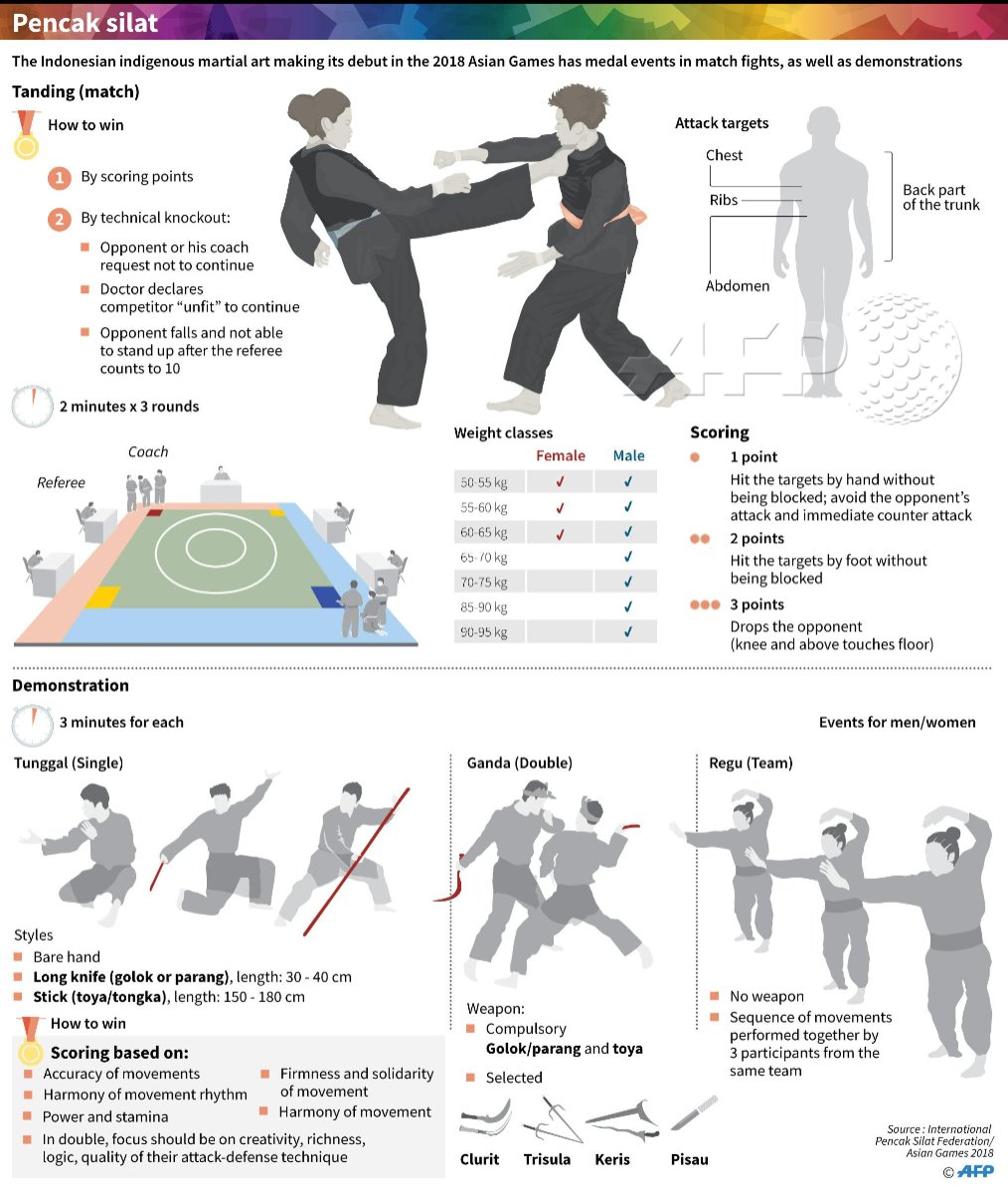Martial arts have a fascinating background that extends centuries and continents. You could discover it interesting exactly how ancient techniques like Shuai Jiao and Kalaripayattu prepared for modern fight techniques. These self-controls not only highlight physical abilities yet likewise reflect the cultures that birthed them. As you explore their development, think about just how globalization has actually transformed these traditional kinds right into hybrid styles. What influences do you think have formed today's martial arts landscape?
Ancient Martial arts: The Foundations of Battle
As you delve into the world of ancient martial arts, you'll find the rich structures that formed fight strategies throughout societies. Very early practices concentrated on Self-Defense and survival, often integrating strikes, grappling, and weaponry.
In old China, for instance, strategies like Shuai Jiao highlighted tosses and joint locks, while India's Kalaripayattu showcased dexterity and fluid activity. Japanese samurai created Kenjutsu, a refined swordsmanship that highlighted self-control and technique.
Karate offered not just for fight yet additionally as a means of personal advancement, instilling values like respect and determination. The blending of these techniques with time laid the groundwork for the diverse martial arts you see today, each mirroring the distinct philosophies and requirements of its society.
The Social Influence on Martial Arts Growth
While martial arts commonly show the functional requirements of a society, they additionally personify the cultural worths and ideas of their beginnings. When you explore different martial arts, you'll see exactly how they're influenced by faith, ideology, and social norms.
For instance, the focus on respect and self-control in Japanese martial arts stems from Zen Buddhism and samurai culture. On the other hand, Brazilian Jiu-Jitsu advertises versatility and approach, formed by the demand for effectiveness in a varied, modern environment.
You could discover that the rituals, uniforms, and training techniques mirror an area's history and identity. By recognizing these social influences, you strengthen your recognition of martial arts and their duty fit human experiences across the globe.
Modern Adaptations and the Globalization of Martial arts
Martial arts have actually transformed substantially in recent years, adapting to modern society and international impacts. You'll discover that conventional types have combined with contemporary strategies, developing hybrid styles like MMA. These adjustments satisfy diverse target markets, making martial arts accessible and appealing around the world.
With the increase of social networks and digital systems, you can locate tutorials and competitors from all edges of the world, damaging geographical obstacles. https://troyzixtc.worldblogged.com/41656782/start-a-trip-to-kindle-your-enthusiasm-for-martial-arts-at-a-novice-s-academy has brought about a common recognition for different self-controls, from Brazilian Jiu-Jitsu to Taekwondo.
As you engage with these arts, you'll realize they're not just about combat; they advertise fitness, technique, and mental health.
Eventually, modern-day adaptations have actually improved the martial arts landscape, making it a vibrant and evolving practice.
Verdict
In checking out the history and evolution of martial arts, you uncover an interesting blend of methods, cultures, and viewpoints. From old techniques like Shuai Jiao and Kalaripayattu to the contemporary adaptability seen in mixed martial arts, martial arts show mankind's mission for Self-Defense and personal growth. As https://japantoday.com/category/have-your-say/which-martial-arts-would-you-recommend-to-someone-wanting-to-learn-a-means-of-self-defense-1 engage with these techniques, you not just acquire skills however additionally a much deeper gratitude for the varied customs that form our world today. So, proceed your journey and welcome the art of battle!
